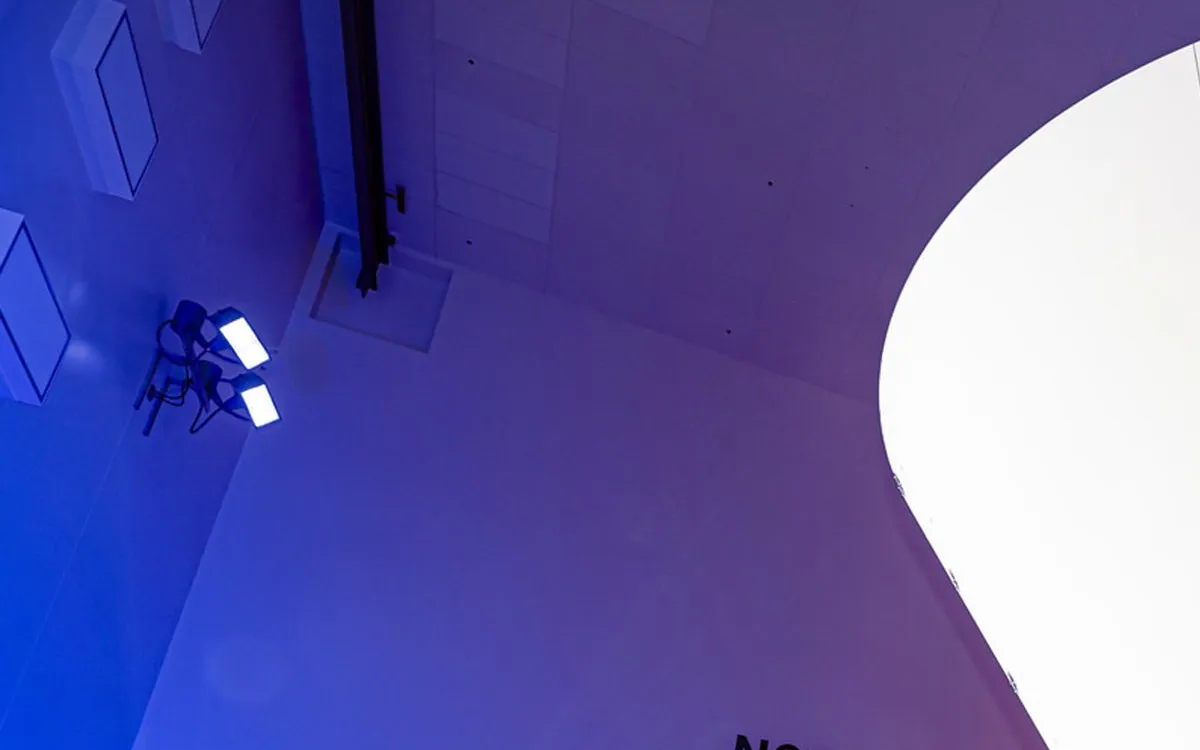
Scientists involved in two important NASA missions are facing a further delay as they prepare to launch aboard a SpaceX rocket from the Vandenberg Space Force Base. On Friday night, NASA officials announced that the team would aim for the mission’s departure no earlier than Tuesday, with the launch window slated to open at 7:09 p.m. This announcement marks the third delay for the rocket scheduled to lift off from Space Launch Complex-4 located at South Base.
According to NASA representatives, the teams require additional time to thoroughly evaluate the launch vehicle hardware data. This careful assessment is vital to ensure the mission's success and safety. The delay has raised concerns among local residents, especially since the first-stage booster is expected to return to the launch site, likely producing sonic booms that could be heard across Santa Barbara, Ventura, and San Luis Obispo counties shortly after blastoff.
The primary payload aboard the SpaceX rocket will be a groundbreaking space telescope known as SPHEREx (Spectro-Photometer for the History of the Universe, Epoch of Reionization, and Ices Explorer). This innovative mission will share its ride with another significant NASA mission called PUNCH (Polarimeter to Unify the Corona and Heliosphere). Shawn Domagal-Goldman, acting director of the Astrophysics Division at NASA Headquarters, highlighted the dual benefit of this launch, stating, "This is basically two for the price of one."
SPHEREx is designed to capture a comprehensive panoramic view of the universe, creating a full sky map that will search for ice, water, and other essential ingredients for life. The Pasadena-based Jet Propulsion Laboratory has played a critical role in managing the SPHEREx mission, with Domagal-Goldman praising the team for their exceptional work in getting the space telescope ready for launch. He acknowledged the challenges they faced, especially during the recent wildfires in Southern California, stating, "They did it under tremendous personal stress from the wildfires in California, both at the team and individual level. I’m deeply thankful to all of them."
The second payload, PUNCH, is set to enhance our understanding of the sun's behavior and its impact on Earth. According to Joe Westlake, Heliophysics Division director at NASA Headquarters, "PUNCH fills in that science puzzle between the sun’s outer atmosphere, the corona, and the Earth." This satellite will provide critical insights into the solar wind, which consists of charged particles that can significantly affect communication systems and power infrastructure on our planet.
As the teams at NASA and SpaceX prepare for the upcoming launch, excitement is building. "I’m really excited, and I just can’t wait to see what’s going to come from SPHEREx and PUNCH," Westlake expressed. The collaboration of these two missions promises to yield valuable scientific data that could reshape our understanding of both the universe and our own solar system.